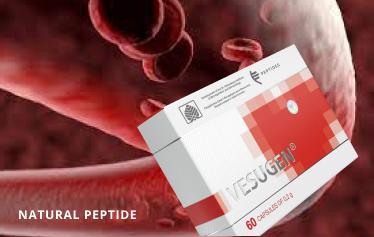Edward Roddy 1 2, Kris Clarkson 3 4, Milica Blagojevic-Bucknall 3 4, Rajnikant Mehta 5, Raymond Oppong 6, Anthony Avery 7, Elaine M Hay 3, Carl Heneghan 8, Liz Hartshorne 3 4, Julie Hooper 9, Gemma Hughes 3 4, Sue Jowett 3 6, Martyn Lewis 3 4, Paul Little 9, Karen McCartney 7, Kamal R Mahtani 8, David Nunan 8, Miriam Santer 9, Sam Williams 9, Christian D Mallen 3
Main idea: The authors of this study found no difference in pain intensity over 7 days between people with a gout flare randomized to either naproxen or low-dose colchicine. Naproxen caused fewer side effects supporting naproxen as a first-line treatment for gout flares in primary care in the absence of contraindications.
Abstract
Objectives: To compare the effectiveness and safety of naproxen and low-dose colchicine for treating gout flares in primary care.
Methods: This was a multicentre open-label randomized trial. Adults with a gout flare recruited from 100 general practices. The primary outcome was a change in worst pain intensity in the last 24 hours from baseline measured daily over the first 7 days.
Results: There was no significant between-group difference in average pain-change scores over days 1-7. Diarrhea and headache were more common in the colchicine group than the naproxen group. But constipation was less common in both groups over the 7-day period. The study was published in the journal JAMA Internal Medicine on December 28.
Source NIH












Leave a Reply
You must be logged in to post a comment.